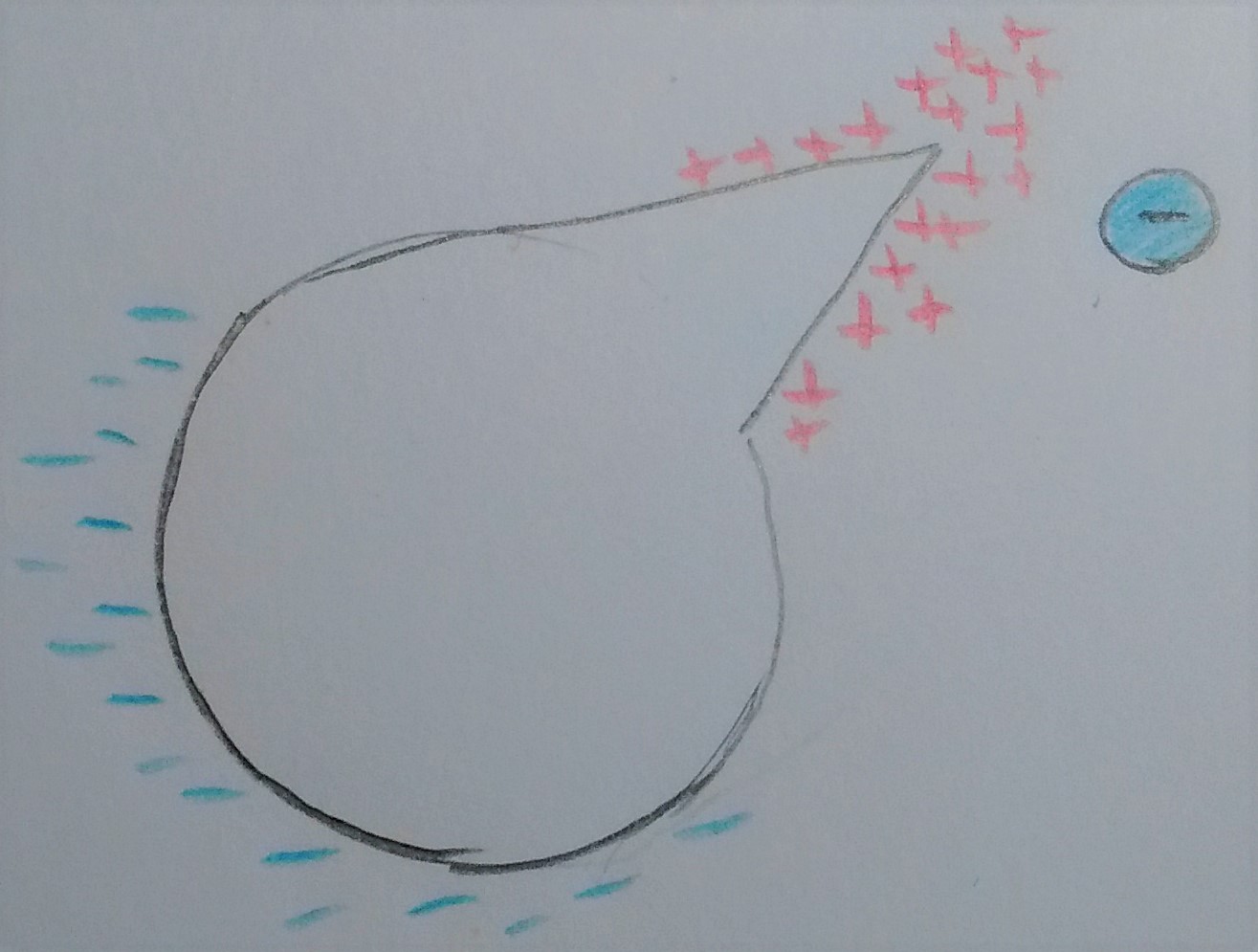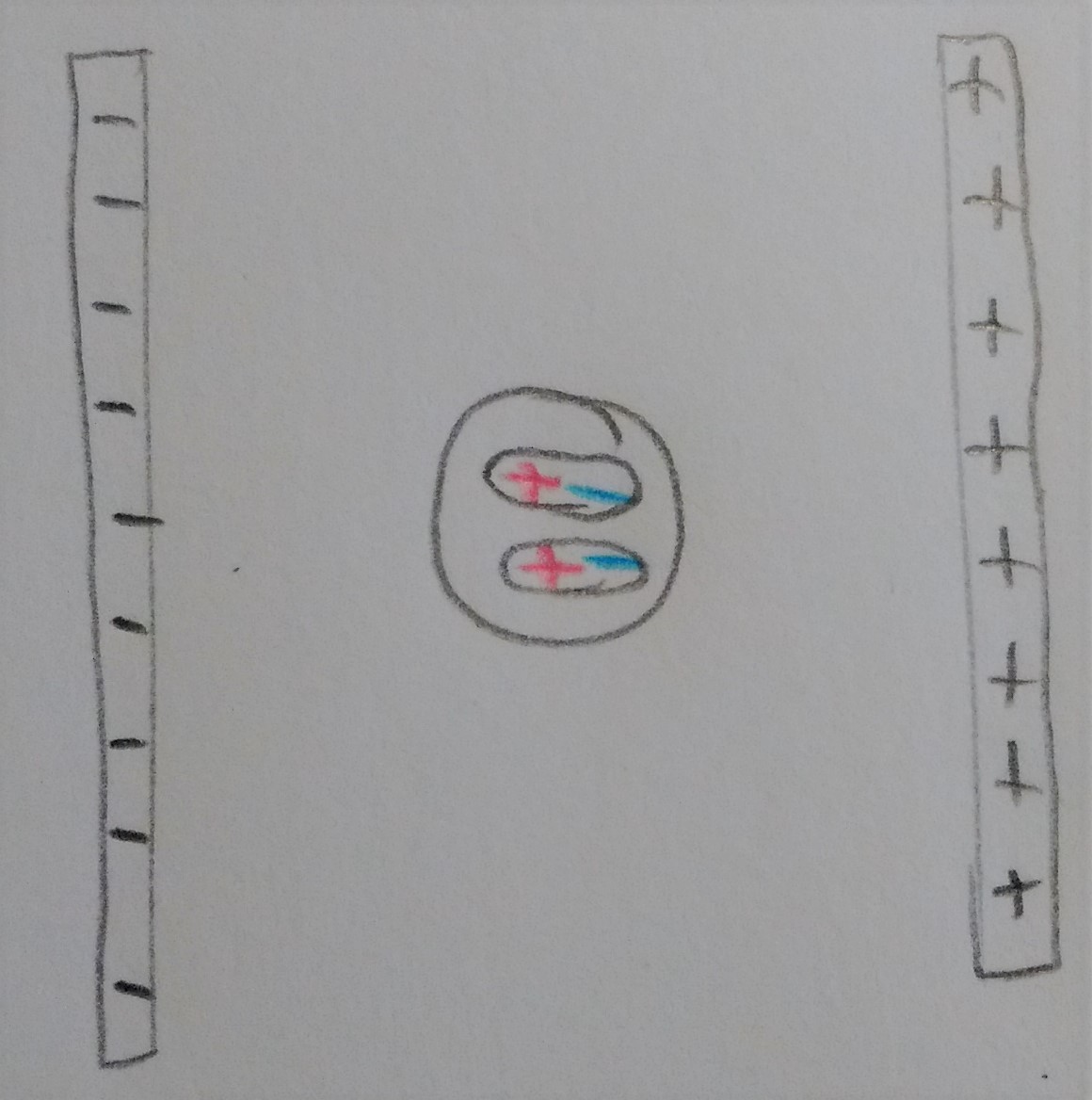Charged Conductor and Charged Insulator
Edited Spring 2017 by Lily Masters Claimed by Andrew White Fall 17
All materials are made of atoms that contain positive and negative charges (protons and electrons). While all materials contain these two basic units, the charge distribution patterns change depending on the microscopic behavior of the atom's movement in an electric field. These differences have created two distinct classes of materials: conductors and insulators. This article will explore the differences between a charged conductor and a charged insulator.
Charge on a Conductor
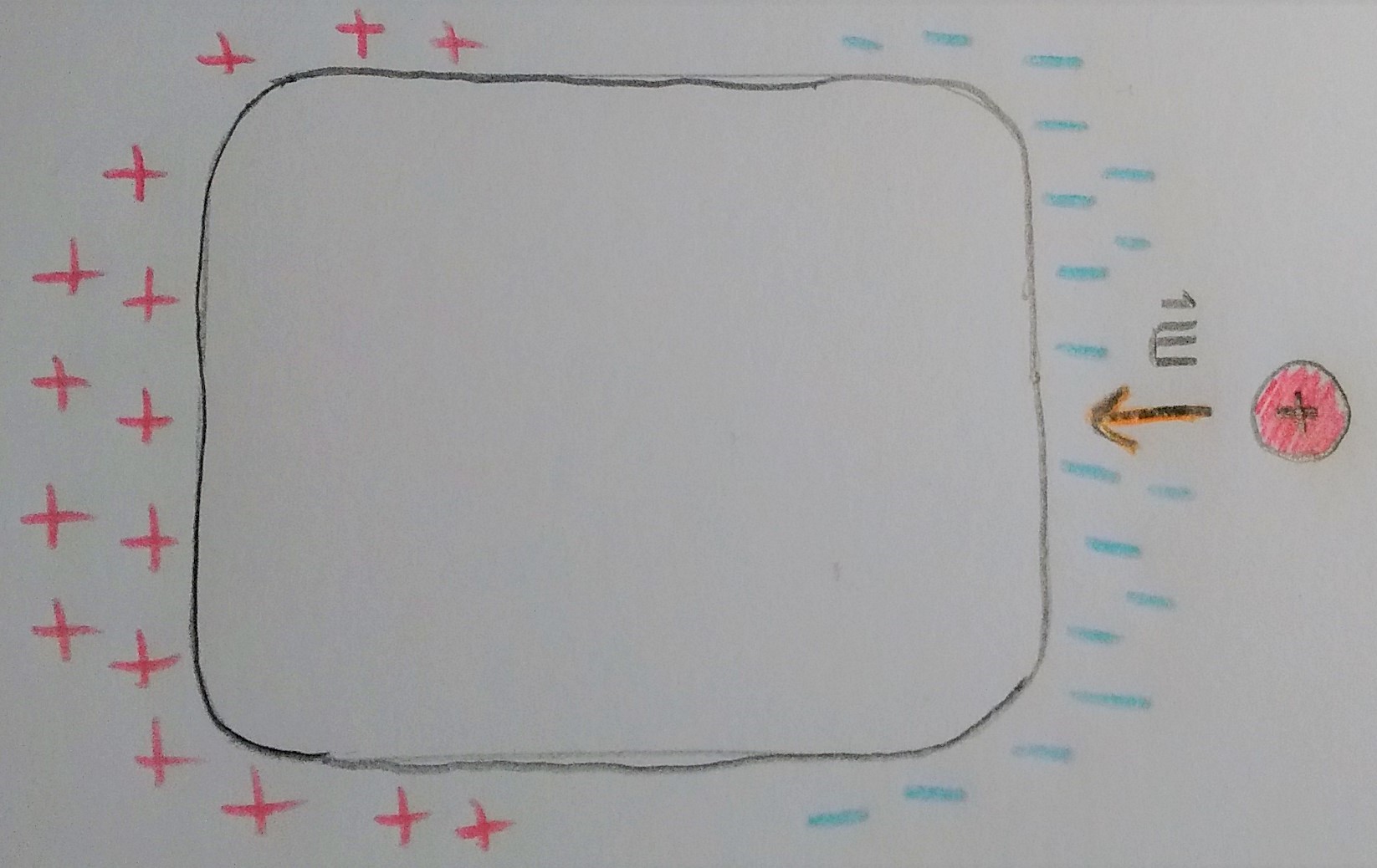 A conductor is an object that contains mobile charges which allow an electric current to flow through the material. An object made of a conducting material will permit charge to be transferred across the entire surface of the object. If charge is transferred to the object at a given location, that charge is quickly distributed across the entire surface of the object. The distribution of charge is the result of electron movement. Since conductors allow for electrons to be transported from particle to particle, a charged object will always distribute its charge until the overall repulsive forces between excess electrons is minimized. This occurs because of the polarization within the conductor.
A conductor is an object that contains mobile charges which allow an electric current to flow through the material. An object made of a conducting material will permit charge to be transferred across the entire surface of the object. If charge is transferred to the object at a given location, that charge is quickly distributed across the entire surface of the object. The distribution of charge is the result of electron movement. Since conductors allow for electrons to be transported from particle to particle, a charged object will always distribute its charge until the overall repulsive forces between excess electrons is minimized. This occurs because of the polarization within the conductor.
Charge on an Insulator
File:Insulator1.jpg In contrast to conductors, insulators are materials that impede the free flow of electrons from atom to atom and molecule to molecule. If charge is transferred to an insulator at a given location, the excess charge will remain at the initial location of charging. The particles of the insulator do not permit the free flow of electrons; subsequently charge is seldom distributed evenly across the surface of an insulator.
However, the atoms within an insulator do polarize to some extent. When exposed to an electric field, the atoms will remain stationary but polarize and orient themselves with the applied field.
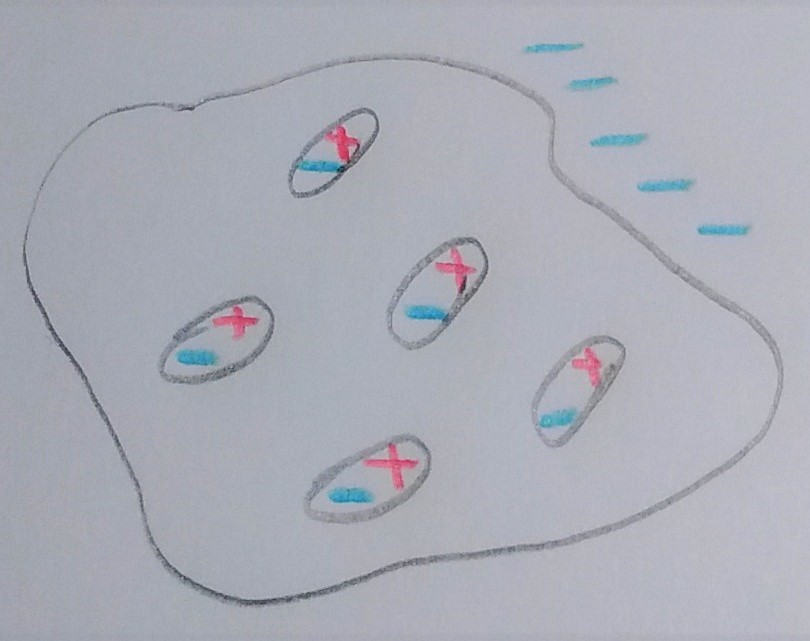
Examples
Note: Please forgive the huge images. As of 4/9/17 images cannot be uploaded properly.
A neutral metal sphere enters a capacitor, as shown. Show the charge distribution on the sphere. If the sphere was instead made of plastic, show the the charge distribution.
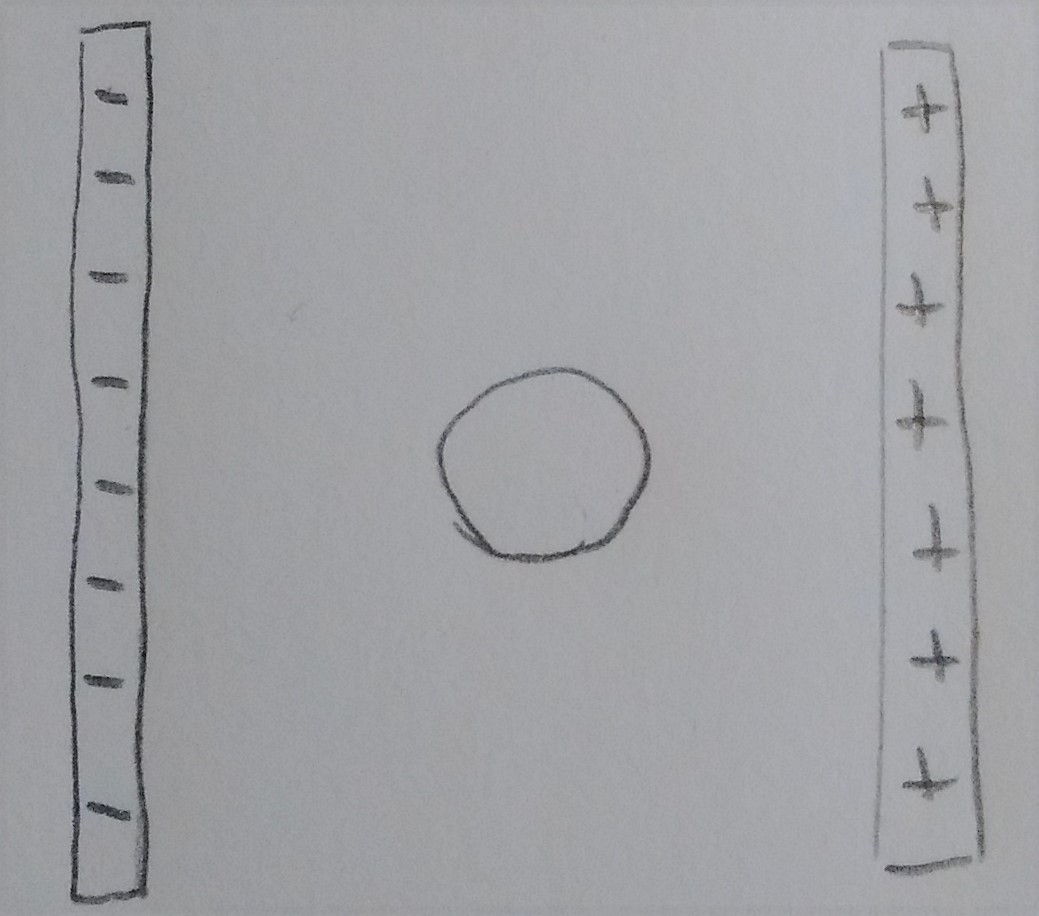
Solution
Connectedness
While insulators are not useful for transferring charge, they do serve a critical role in electrostatic experiments and demonstrations. Conductive objects are often mounted upon insulating objects. This arrangement of a conductor on top of an insulator prevents charge from being transferred from the conductive object to its surroundings.
See also
External links
Explanation of why charge concentrates at a point on a conductor
References
http://www.physicsclassroom.com/class/estatics/Lesson-1/Conductors-and-Insulators
[http://www.schoolphysics.co.uk/age16-19/Electricity%20and%20magnetism/Electrostatics/text/Electric_charge_distribution/index.html http://www.schoolphysics.co.uk/age16-19/Electricity%20and%20magnetism/Electrostatics/text/Electric_charge_distribution/index.html
